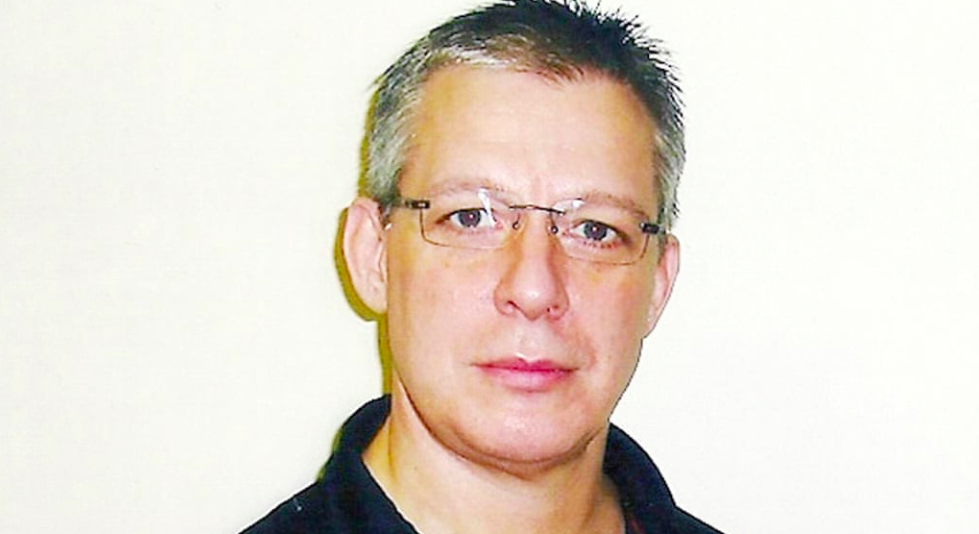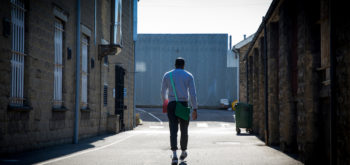Jeremy Bamber’s legal team have issued judicial review proceedings against the Crown Prosecution Service (CPS) over a failure to disclose evidence. They claim that the evidence could undermine Bamber’s 1986 conviction for the murders of his adoptive parents, sister and her six-year-old twin sons, thus rendering his whole life sentence a miscarriage of justice.
In 1986, the prosecution successfully argued that Bamber, now 59 years old, shot and killed five members of his family inside their Essex farmhouse. The case presented to the jury was that Bamber committed the murders to secure a significant inheritance and then placed the gun into the hands of his sister, Sheila Caffell, who had been diagnosed with schizophrenia, to make it look like she had fired the shots and subsequently turned the gun on herself. It was alleged Bamber then rang the police, claiming his father had phoned him to say his sister had gone ‘beserk’. Bamber has always denied guilt.
The legal papers lodged by Bamber and his team at the end of last week argue that the CPS failed to follow a direction for complete disclosure made by the Appeal judges in 2002. His legal team accuses the CPS of rejecting a ballistics report without instructing an expert to examine its credentials, as per protocol.
Bamber’s challenge to the safety of his conviction is focused around a silencer discovered in a cupboard at the White House farm three days after the murders. The silencer was in fact the subject of an unsuccessful Criminal Cases Review Commission (CCRC) referral to the Court of Appeal in 2001. The CCRC rejected further applications from Bamber in 2004 and 2012.
But as Eric Allison and Simon Hattenstone reported in the Guardian, the silencer was central to Bamber’s trial and vital in persuading the jury of his guilt. The prosecution argued that it was attached to the rifle during the killings which would have made it too long for Caffell to have shot herself. In his summing up, the trial judge also told the jury that ‘on the evidence of the silencer alone’ that might find Bamber guilty. The jury later asked the judge for clarification on the silencer and the judge said it contained only Sheila’s blood.
According to the Guardian, a letter was sent from forensic labs to Essex police that was not disclosed to the defence before the trial. It read that the blood on the silencer could have come from Caffell or another relative.
The Guardian’s report also draws attention to Bamber’s claims that two silencers had been examined by forensic scientists before his trial, and that that evidence had not been disclosed to the defence by Essex police. Instead, the case proceeded on the basis that there had only been one silencer. A report from the eminent ballistics expert Phillip Boyce now suggests that ‘at least two sound moderators had been examined in [the] case.’ The report is based on ‘serious discrepancies’ in how the devices were described.
In May this year, a letter was sent from the head of special crimes at the CPS to Bamber’s lawyers saying any evidence of a second silencer would ‘significantly undermine’ the case against Bamber. Phillip Boyce’s report does just that, bringing the CPS’ disclosure obligations into sharp focus.
Bamber’s lawyer, Mark Newby, said there had been ‘extensive dialogue’ with the CPS after his legal team ‘uncovered what appears to be significant evidence pointing to the fact that there has been a miscarriage of justice’. ‘However in order that we can progress this case further essential further disclosure is required,’ he added.
Newby continued: ‘It is disappointing that the CPS has chosen not to engage with that process and accordingly there is no alternative but to pursue that judicial review, particularly in circumstances where it appears that this may demonstrate that a misleading position was placed before the jury in relation to the forensic evidence.’
Writing to the Guardian from Wakefield prison, Bamber had stated that the CPS’ ‘repeated non-disclosure means that the truth remains unknown, as the evidence that gives [his] case clarity still remains hidden.’







